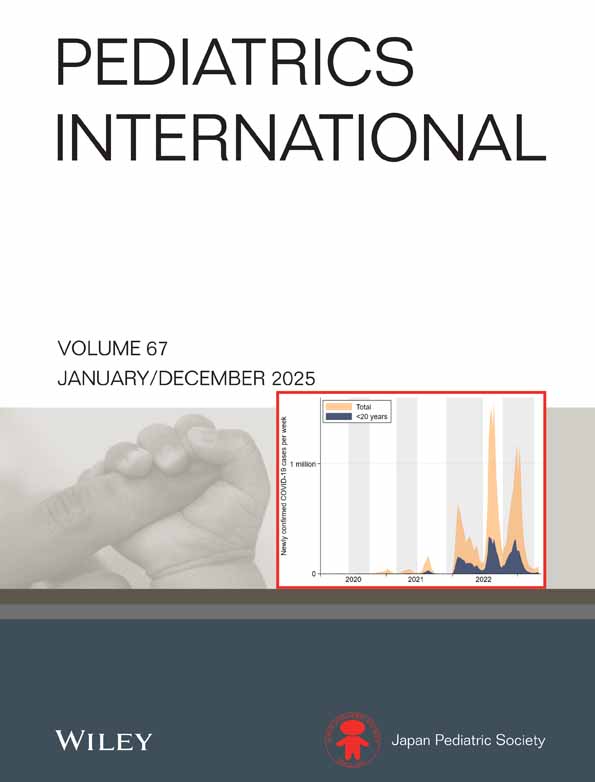Interferon-γ therapy for infection control in chronic granulomatous disease
Abstract
Interferon (IFN)-γ was subcutaneously administered to four patients with chronic granulomatous disease (CGD) in order to evaluate its effects in controlling infection. Patients 1 to 3 were all males, while patient 4 was female. In patients 2 and 4, the length of infection-associated hospitalization during the year of IFN therapy was significantly shorter than that during the whole observed period prior to IFN therapy. In patients 1 and 2, the length of hospitalization during a year of IFN therapy was shorter than that during 1 year prior to the therapy. Patient 3 exhibited no reduction in terms of the length of infectious disease during IFN therapy, because he suffered from a liver abscess before and during the therapy. As soon as the IFN therapy was stopped, patient 2 developed pneumonia and lymphadenitis, which were promptly relieved by readministering the agent. During 1 year of IFN therapy, patients 1, 2 and 4 showed no significant changes in either the nitroblue tetrazolium test, O2- production or the expression of NADPH oxidase components in neutrophils. On the other hand, the O2- generating ability of neutrophils from patient 3 slightly increased. Our limited observations suggest that IFN-γ may be variably beneficial for infection control in CGD-patients, irrespective of the in vitro phagocyte functions. A longer follow-up time is needed to confirm the IFN response in CGD-patients.




